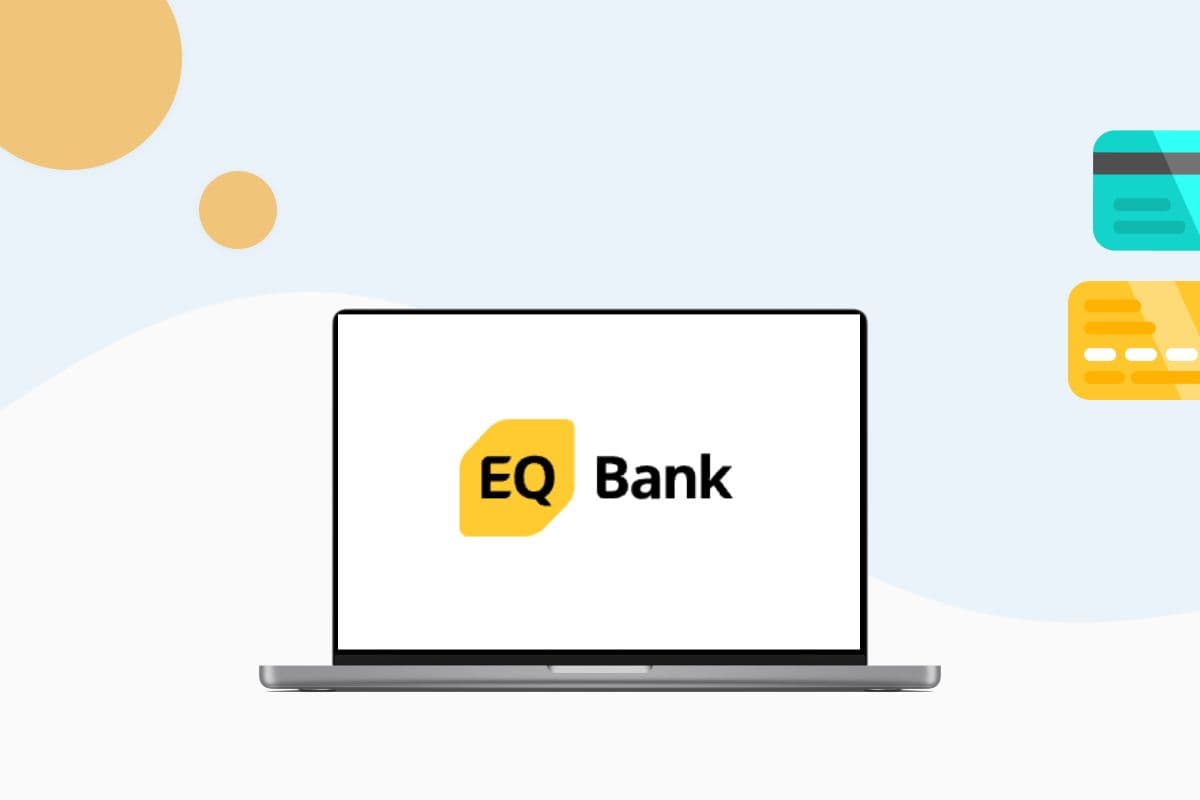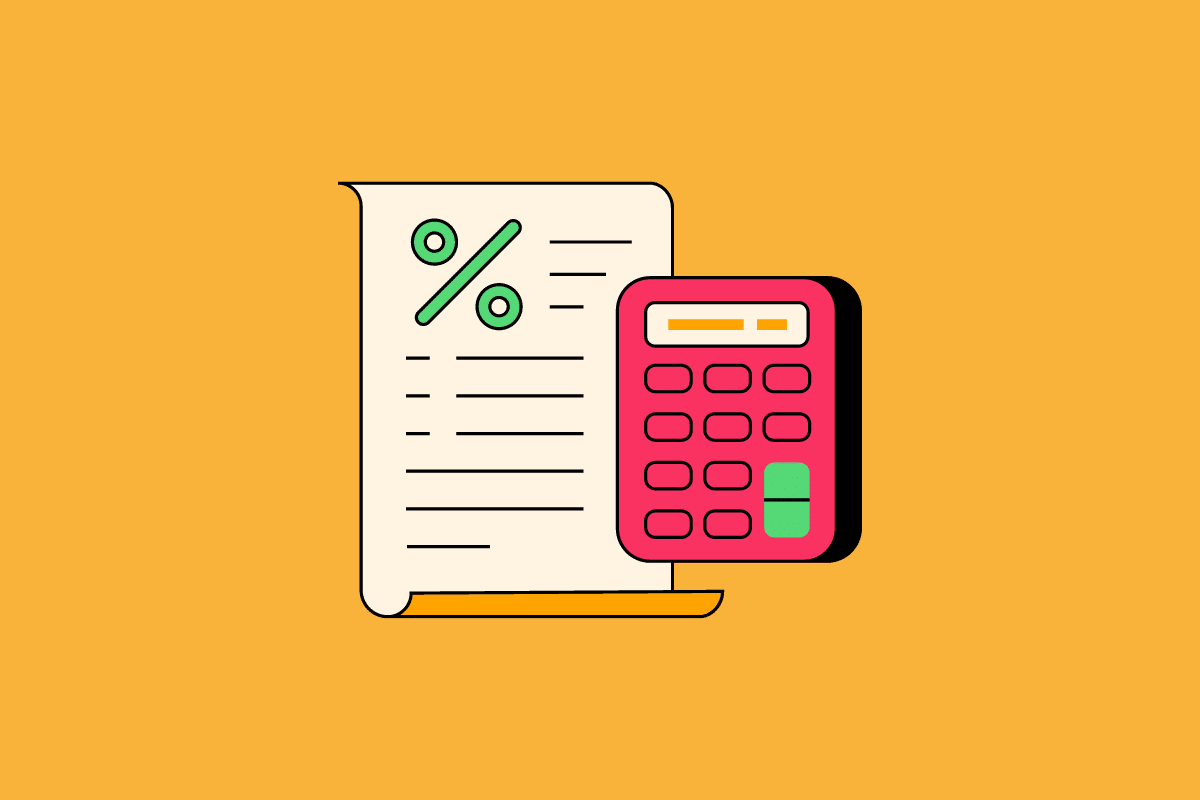Compare Canadian Chequing Accounts
Compare dozens of Canadian chequing accounts and find the one that best suits your needs.
Frequently asked questions about canadian chequing accounts
WHAT IS A CHEQUING ACCOUNT?
A chequing account is a basic bank account offered by banks and financial cooperatives. It is where you can keep the money you need for day-to-day transactions since it allows for frequent deposits and withdrawals with few limits. This is usually where a salary is deposited.
Chequing accounts usually come with a debit card that allows you to make payments and automatic teller machine (ATM) withdrawals and a chequebook that allows you to write cheques. Unlike savings accounts, chequing accounts earn little or no interest.
HOW TO COMPARE CHEQUING ACCOUNTS IN CANADA WITH HARDBACON?
HOW TO ESTIMATE THE MONTHLY FEES OF A CHEQUING ACCOUNT?
HOW MUCH DOES IT COST TO DO AN E-TRANSFER THROUGH A CHEQUING ACCOUNT?
IS THERE A RISK OF LOSING THE MONEY DEPOSITED IN A CANADIAN HEQUING ACCOUNT ?
WHAT ARE THE DIFFERENCES BETWEEN ONLINE BANKS AND PHYSICAL BANKS?
HOW TO FIND MY ACCOUNT NUMBER ON A CHEQUE?
CAN YOU DEPOSIT SOMEONE ELSE’S CHEQUE INTO YOUR BANK ACCOUNT?
HOW DO I CANCEL AN E-TRANSFER MADE WITH MY CHEQUING ACCOUNT?
HOW TO DO AN E TRANSFER WITH A CHEQUING ACCOUNT?
Read more on chequing accounts in Canada

Banking

EQ Bank Personal Account Review
EQ Bank is one of Canada’s best digital-only neobanks. That allows them to cut overhead costs and pass those savings onto us. Are you ready to put your hard-earned bacon to work without breaking a sweat? I signed up for the EQ Bank Personal Account and here’s everything you need to know about it. How […]

Banking

The 5 Best Chequing Accounts in Canada
Like many of you, the day my “wealth” began to spill out of my piggy bank, I followed my parents to their branch to open my first account. And I kept it that way for several years, even after finishing my studies, without asking myself too many questions. Until the day I scrutinized my monthly […]

Banking

How to choose a chequing account in Canada
You carry your mobile phone with you every day, and you have carefully chosen a package that meets your needs. You don’t want to overpay, and you definitely don’t want to incur data overage charges. Picking your chequing account should be treated with the same respect, as choosing the wrong account could cost you dearly. […]